Wild Plant Culture covers the ecological restoration of native edible and medicinal plant communities with a focus on Eastern North America. Integrating restoration practices, foraging, herbalism, rewilding, and permaculture, it provides tools to engage with wild plant communities in mutually beneficial relationships.
Jared Rosenbaum is a botanist, native plant grower, and ecological restoration practitioner. He and his wife run Wild Ridge Plants LLC, which grows local ecotype native plants using sustainable practices, performs botanical surveys, and provides ecological restoration planning services. Jared has extensive experience in stewardship and monitoring of natural communities. He is known as an educator in plant ecology, ecological restoration, and the cultural uses of wild plant foods and medicines. Jared is the author of two prior books on native plants, including the children’s book The Puddle Garden, and maintains an active blog at wildplantculture.com. He is a Certified Ecological Restoration Practitioner by the Society for Ecological Restoration. He lives in New Jersey.


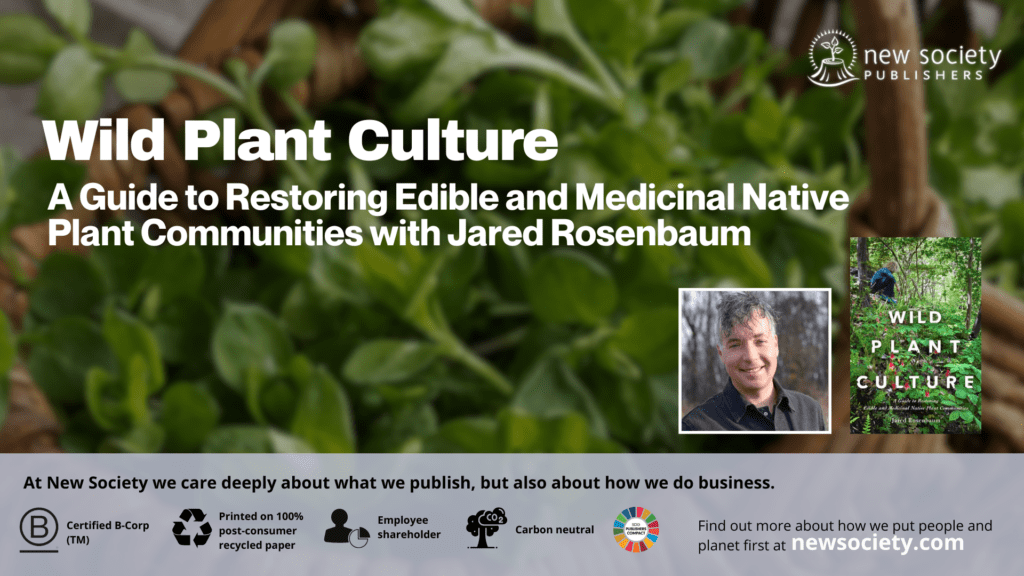
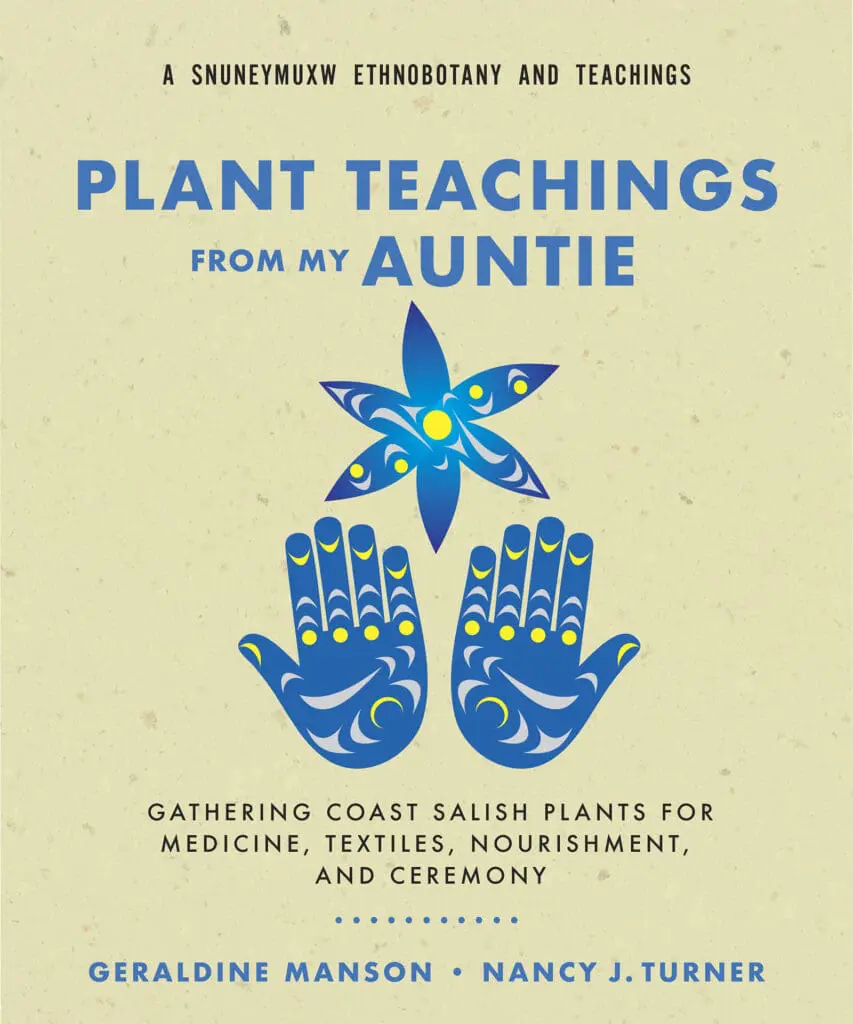
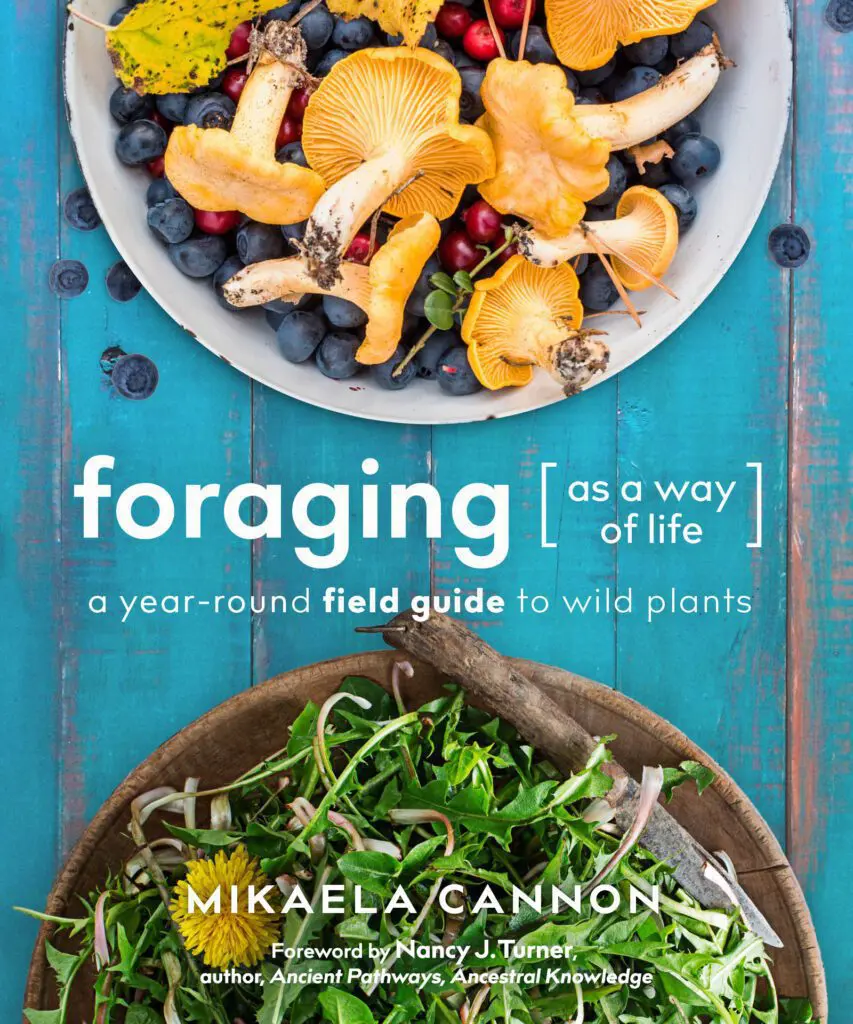

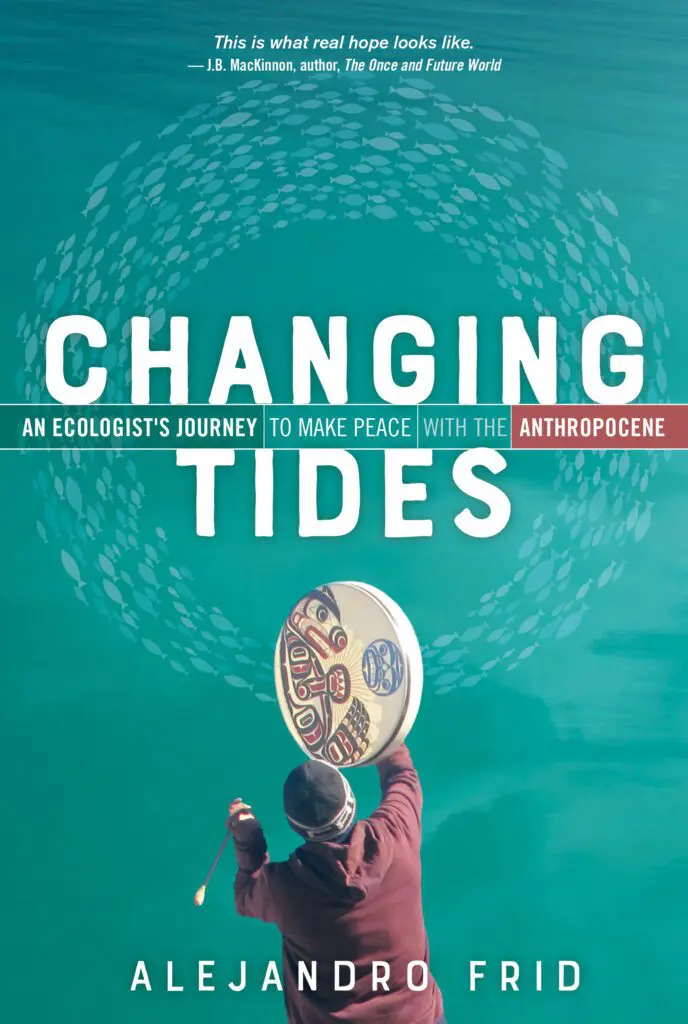
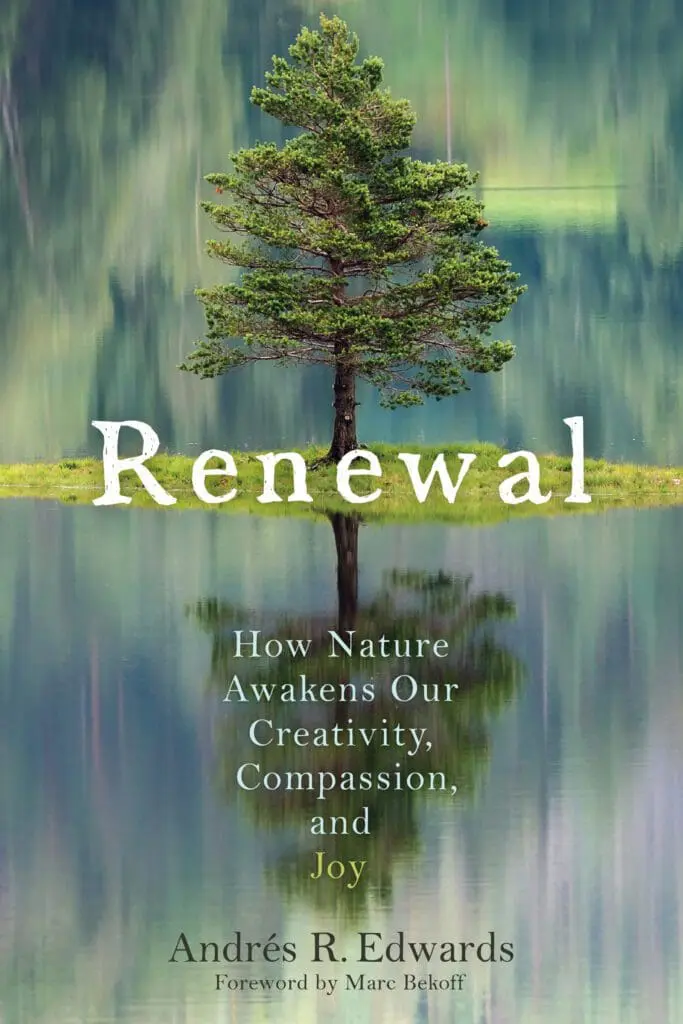
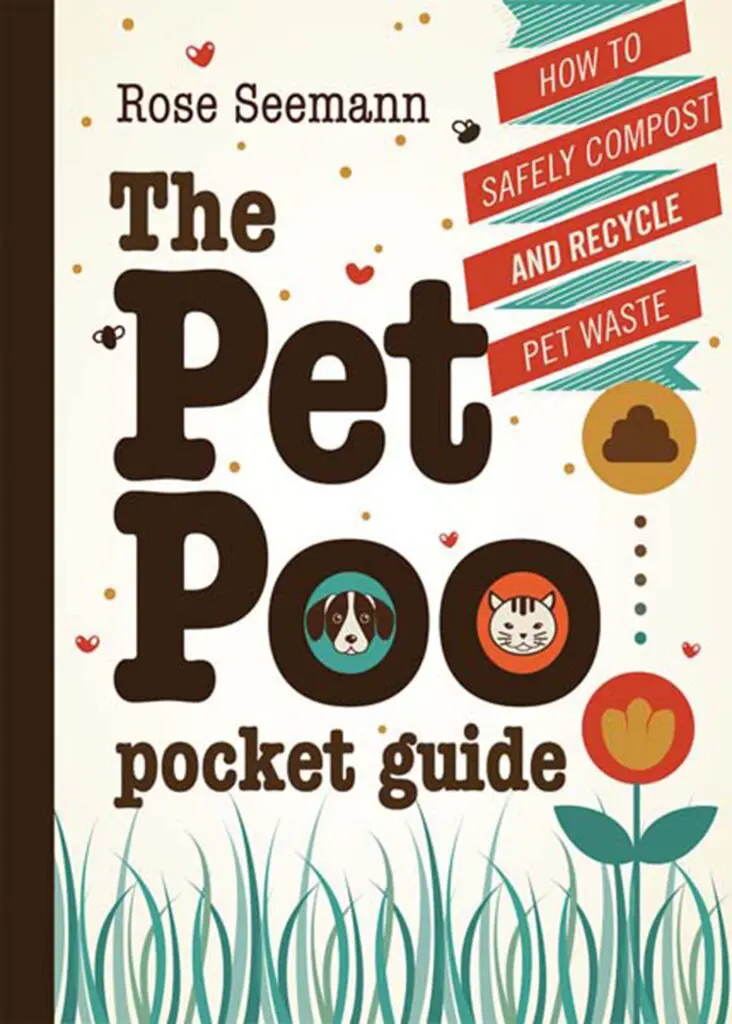
Juanita Wierzba –
This is an important book – written as a guide to understanding the human place in the restoration of the wild natural landscapes of the North East (USA). Whilst the plant species may be, the ideas in this book are not specific to a geographic address. It s a practical and insightful guide, discussing new ways of mending and or tending our spaces – and applicable to any place on our planet).
I live in South Africa and have gleaned much out of this book to start consciously thinking about what I see around me in terms of our natural landscape and how we can be a part of our natural community in a way that restores the wildness of our natural home.
I love the the way Jared sees the restoration of our planet as a positive opportunity to use the gifts we have as human beings and ultimately, the stewards of our environment’s as the starting point of integrating ourselves once again (just as our indigenous communities did) into our environment for the good of all its inhabitants.
Section One of the book covers the understanding that human beings are supposed to be an integral part of the relationship to the natural world . The reciprocal relationship between man and our relationship with what grows around us is so important and Jared expounds on this beautifully. Section Two and Three are more practical, covering the “how” of learning and restoring the land.
This book has so much to offer anybody who is interested in land restoration and regeneration. its a book that you will read and re-read, finding each time, more to inspire or educate yourself.
Thank you for a great book.
Theresa O’Connell –
I recieved this as an ARC from New Society Publishers. Thank you.
As I am reading this book. I am currently working on some re-wilding projects. The descriptions of the plants mentioned in this book, are helpful to that work. And it has inspired me to search out more plants.
What I enjoyed the most was, how the author tied in information from First Nations. He drew upon knowledge that often has been lost and needs to be re-taught.
I plan on sharing copies of this book with friends, as well as my urban neighbours. Then my neighbours will know that it is more than just weeds, and possibly join in.
Genevieve Dubois –
Jared Rosenbaum’s Wild Plant Culture is a refreshing and deeply insightful exploration of native plant restoration, ethnobotany, and the ways we can reconnect with the landscapes that sustain us. This book is more than just a guide; it’s an invitation—to observe more closely, to tend more mindfully, and to immerse ourselves in the rich relationships between plants, people, and place.
Rosenbaum writes with both expertise and warmth, weaving ecology with storytelling in a way that makes even the most complex botanical concepts feel approachable. His passion for native plants is evident on every page, and he has a rare gift for making restoration feel like both a science and an art. Readers will find themselves drawn into his enthusiasm, whether he’s discussing seed dispersal, plant communities, or the sheer joy of seeing a once-barren landscape come back to life.
What sets this book apart is its balance of intellectual depth and accessibility. While the content is rich with ecological wisdom and practical applications, Rosenbaum’s tone is engaging and often humorous, making it a pleasure to read. It’s the kind of book that makes you want to put it down—not because you’re bored, but because you’re inspired to go outside and put its lessons into practice.
For gardeners, land stewards, educators, or anyone curious about working in partnership with nature, Wild Plant Culture is a must-read. It reminds us that ecological restoration isn’t just about plants—it’s about relationships, history, and the hopeful act of healing the land, one species at a time.
Daria Rakowski –
In the introduction, the author suggests this ‘book is a sourcebook on how to have a more eco-nomically as well as ecologically diversified farm or homestead.’ which was a very promising opening. In places it does do this. Of particular value is chapter 9 which is a catalogue with brief description of plants known to thrive in the geographical environments of the author. Canadians, while there is some cross-over, significant numbers of species he discusses will not apply to your environments – fair but disappointing.
Overall, I was disappointed with the disconnect between intent and outcome of this book. It opens acknowledging the traditional ecological knowledge of local indigenous peoples but swiftly veers off into variants of praise for the beautiful mythic past and has, at times uncomfortable overtones of ‘the noble savage’ idealism. It’s a bit jarring in places where unexamined bias emerges. For example the stated objective is to restore environments to diversified and resilient landscapes but mostly focuses on messaging about cultivated environments by indigenous people = good but cultivated environments by colonizers = bad. There is of course no arguing that large scale industrial monoculture is horrible and that colonialism is pernicious. It does not however follow that any introduced plant that wasn’t growing in the New Jersey landscape prior to the arrival of colonists is ‘invasive’. Also, a bit alarming was discussing indigenous life ways and land stewardship without direct references to elders or knowledge keepers by name is challenging to the reader. I adore Robin Wall Kimmerer too and her wisdom is vast but so are locals. Their absence is marked.
The book has many useful resources for those wishing to bring more wild to their stewardship practices but it misses how ecological repair cannot be a static snapshot of the mythic past because change is eternal. Species travel with or without humans and landscapes change too – resilient diversity is a big table.
The book also lacks the connection of how misplaced resources are always challenging to any environment so how can we integrate these systems rather than focus exclusively on a restorative process that seeks to go backwards to what was even then a historical snapshot. It misses that historically lands were constantly evolving through generational stewardship and were themselves never static.
The book is a solid summary of species and environments, especially those of the American north east. Approach it that way and it is sure to please.
Jesse Winkiewicz –
This book is a fascinating depiction of ecoculture, the human participation and constant melding of natural ecology to be its most abundant and productive while benefiting plant and animal communities.
The author acknowledges the importance of traditional ecological knowledge, and how indigenous people transformed the landscape into thriving systems before Europeans invaded.
He lays out the framework to mend habitat, from evaluating, to restoring landscapes. This book also includes over 200 native plants (specific to the American Northeast bioregion).
I recommend this book for anyone learning about permaculture, regenerative agriculture, rewilding landscapes, etc.
Annette Flinterman –
Initially I hesitated to start reading, wondering if I’d like this book, as I live in Europe. However, in Europe looking at indicator plants (plant communities) helped me figure out more about the soil of the land my cousin lives on. And this book captured me from the beginning. It was as if I was taken on a holiday tour through the different landscapes, including the history of the land and great descriptions of plants growing in the various regions (over 200 native plants). There is so much to be learned from history, to understand better how we can or should work with the land. All is interconnected, but as humans we have disturbed a lot. Great solutions are offered how to read and learn about the land and how to restore it. Also tips of how to keep vegetation under control and a clarification of where land burning might help.
This book has inspired me to look even more for wild plants in nature as they are very healthy. I started to grow some “missing” local wild plants in my own garden, where it fits with the location.
Rachel –
Let me start by saying I already own a lot of gardening books and a lot of field guides/books on wild edible and medicinal plants. This book bridges the two topics for the part of my property that is wooded, but heavily non-native. The author states that the “intent of this book is to help you match plant species to pre-existing habitat conditions” and it does a great job of that. It provides the soil/light/water conditions and indicator plants for multiple native plant communities (e.g. riparian forests, rich mesic forests, meadows and grasslands, forested wetlands) and even with my low-moderate plant knowledge, I was quickly able to recognize indicators of how my property would be categorized. The book also provides guidance on whether it’s appropriate to tend vs. mend (more intense intervention) as you rehabilitate the land, based on how much restoration is needed. The second half of the book is mostly profiles of plant species, with descriptions and uses of each. This is not a stand-alone book for identifying individual species and is designed to be used with a good field guide (some recommendations provided); it’s more about what those species tell you about the land, once you identify them. This was a valuable read, and definitely worth having as a reference!
Juli –
Excellent book that gives a great overview on the restoration of land. I will use the outline to help me research details more specific to the area of the United States that I live in. This will help me to determine if we need to Tend or to Mend our land.